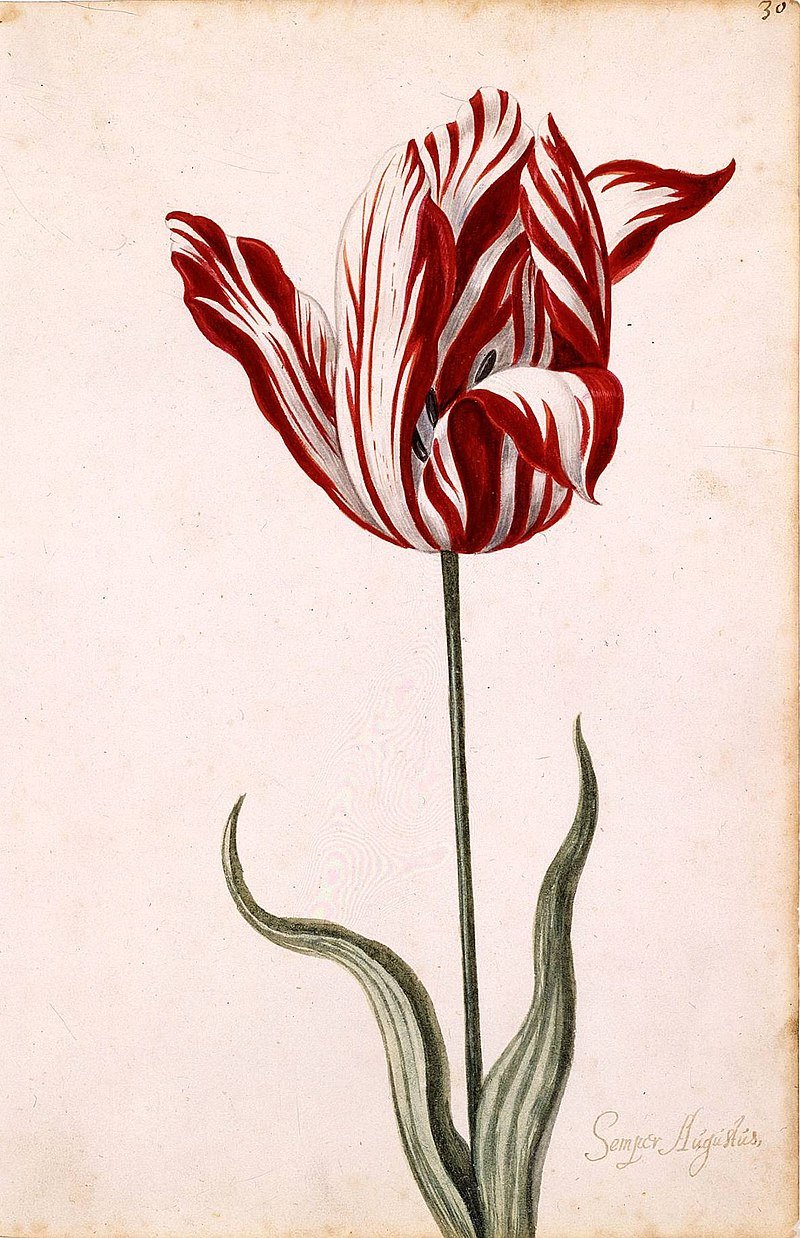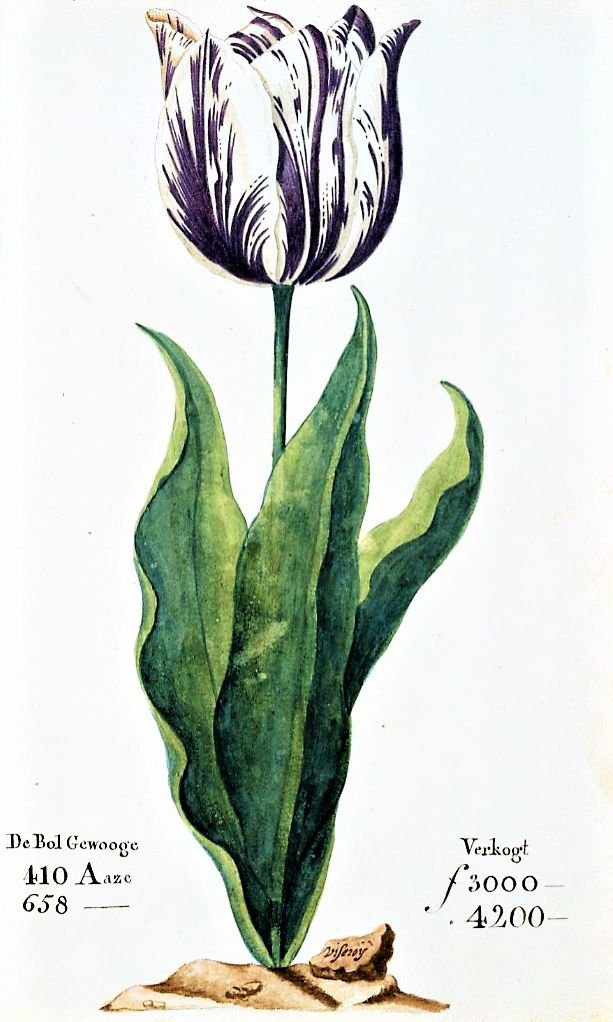How Did Tulips Get to the Heritage Garden? By Lena Wegner
This spring the Heritage Garden, will again be sparkling with thousands of colorful tulips. A brief history of their journey to Sammamish follows:
The tulip (Tulipa) is a member of the lily family. In the wild it grows over large areas in the high plains of Asia. It likes a temperate climate with cool springs and dry summers. Tulips flower in spring, go dormant in summer, and new shoots emerge from underground the next spring.
By the year 1000 AD tulips had spread from their native area, and were widely grown in the Ottoman empire. Persians cultivated tulips in 1055 in Constantinople; sultans had famous tulip gardens and the flower became deeply embedded in their culture. It was mentioned in poetry (Omar Khayyam) and was pictured on coins. The flower became the symbol of the Ottoman empire. (Click here to continue reading on our website about tulips and tulip mania in Europe.)
Tulip introduction in to Europe cannot be traced with certainty. One theory is that the Viennese ambassador to Turkey in 1551 sent bulbs to Vienna, another theory is that tulips were introduced into Europe in 1554 by Sultan Suleiman the Magnificent, ruler of the Ottoman Empire when he sent both tulip bulbs and seeds to the Holy Roman Emperor Charles V in Vienna.
When noted French botanist Carolus Clusius in 1573 planted tulips in the Vienna Imperial Garden, he started the spread of the plant throughout Europe. Clusius was then hired by the University of Leiden in Holland, and he is credited with having planted the first tulips in Holland. In 1593 he planted both a tulip teaching garden and his own private tulip garden. He was very protective of his plants; he neither gave any of the bulbs away nor sold them. Tulips were highly prized by that time and had risen to status symbols. They were still very rare. This atmosphere led to two raids on Clusius’ garden when over 100 bulbs were stolen. These Leiden tulips eventually led to Tulip Mania and the tulip industry in Holland.
Tulip Mania started in Holland in 1634, during the Dutch “Golden Age”, when the country engaged in thriving commerce and world trade. The Dutch had been freed from Spanish rule and could now accumulate wealth.
Tulip bulbs began to command fantastic prices. In an article on the history of the tulip the University of Missouri cites the sales transaction for a single bulb as follows: “two loads of wheat; four loads of rye; four fat oxen; five swine; twelve sheep; two hogsheads of wine; four barrels of beer; two barrels of butter; 1,000 pounds of cheese; a bed with linen; a suit of clothes; a silver tankard and a sizable wagon to haul it all away.”
Particularly prized were so called “broken tulips”, tulips that had colored stripes. Growers did not realize that the striping was caused by a virus which weakens the bulb and causes it to have fewer offsets. Pictured on the right is the Viceroy image, displayed in the 1637 Dutch catalogue Verzameling van een Meenigte Tulipaanen. Its bulb was offered for sale for between 3,000 and 4,200 guilders (florins) depending on weight (gewooge). A skilled craftsworker at the time earned about 300 guilders a year. (Today’s variegated tulips do not carry the virus. Their coloring is achieved through breeding.)
Speculation was rampant, price movements were published daily like stock quotes today. When the more prudent investors began to sell their vastly overpriced bulbs, the bubble burst, prices went down fast; the year 1637 saw the end of Tulip Mania, but the tulip industry survived. On the left below is a watercolor of the Semper Augustus, famous for being the most expensive tulip sold during the tulip mania.
Information on the introduction of the tulip into America varies widely. Tulips were mentioned as growing in Colonial Williamsburg, but more often it is cited as having occurred in the middle of the 19th century.
In our northwest area tulip cultivation reportedly began in 1883 when seventeen-year-old George Gibbs migrated from England to Orcas Island. He rented some acreage for $10 a year to grow apples and hazelnuts. Nine years later he bought “a hand full of flower bulbs” for $5 which he planted. When he dug them up 2 years later they had multiplied. He wrote to Holland for advice on how to grow them, but the Dutch were secretive and did not respond. He sent some bulbs to Holland anyway, amazing the Dutch when they saw the large, healthy bulbs. A delegation traveled over here to see for themselves how it happened that tulip bulbs grew successfully outside of Holland.
Gibbs moved to the mainland and in 1899 applied to the US Department of Agriculture to help him start the tulip industry. The Department liked his idea and bought 15,000 bulbs in Holland as an experiment, then contracted with Gibbs to raise them. The experiment was a success.


